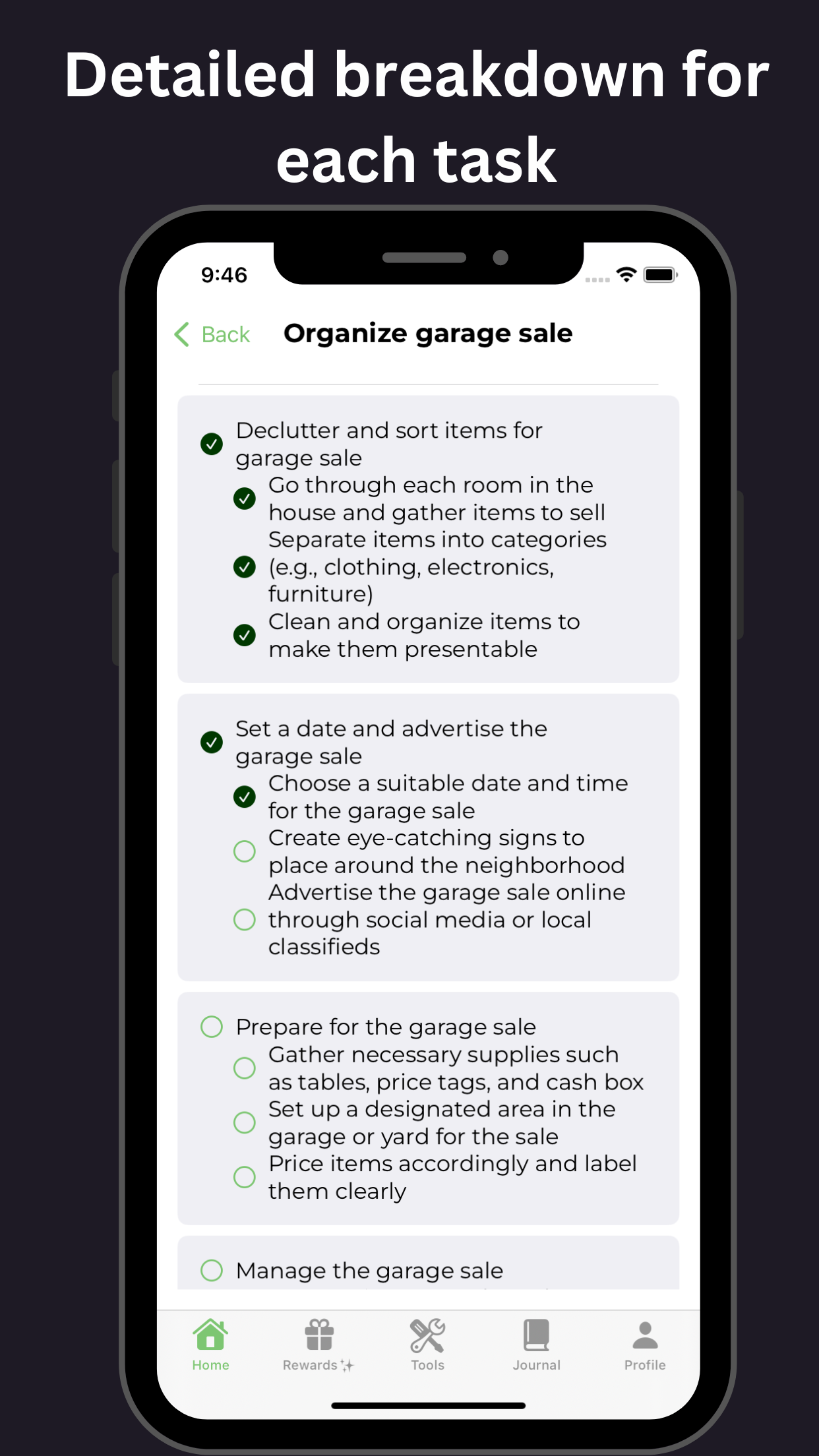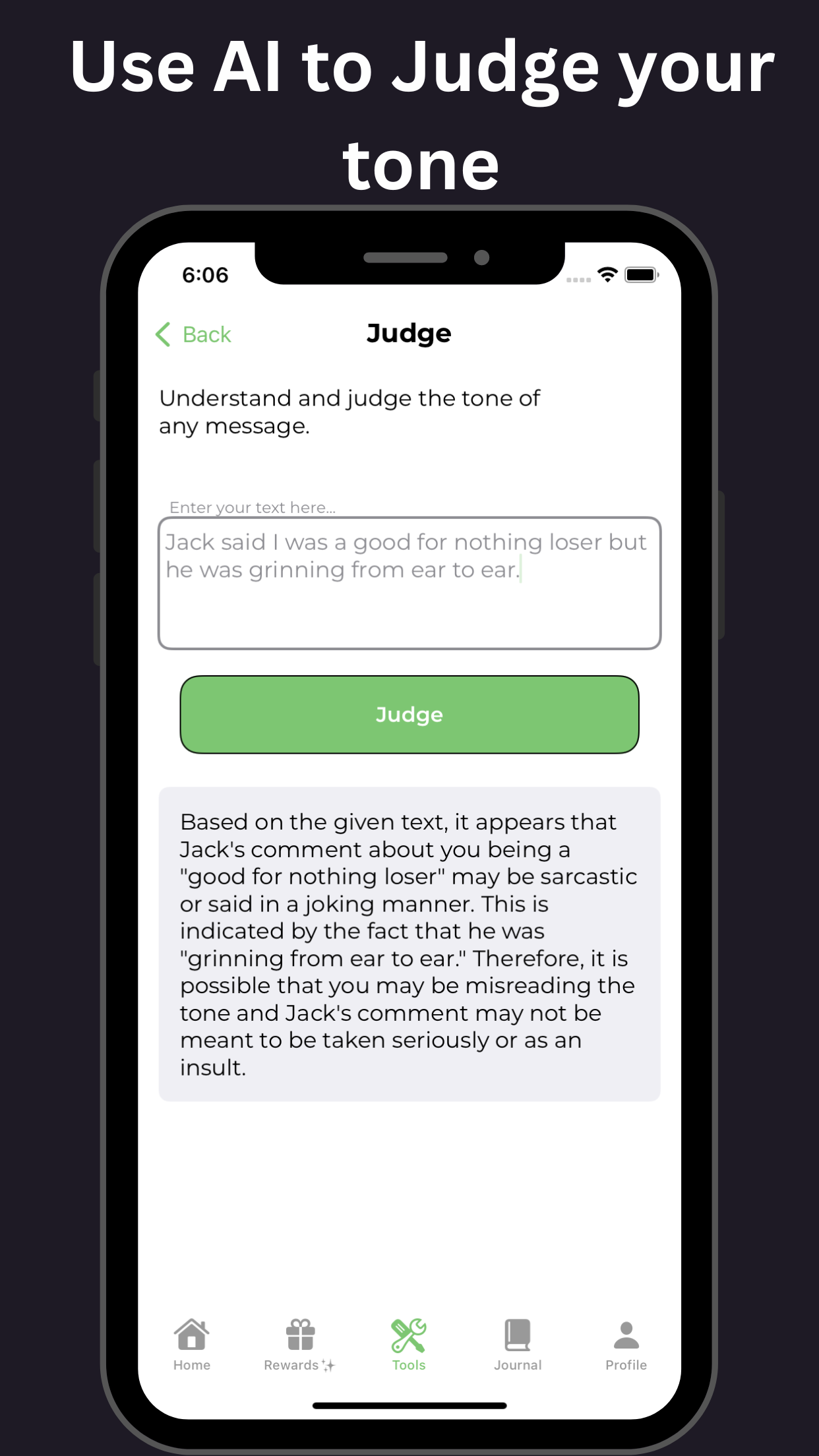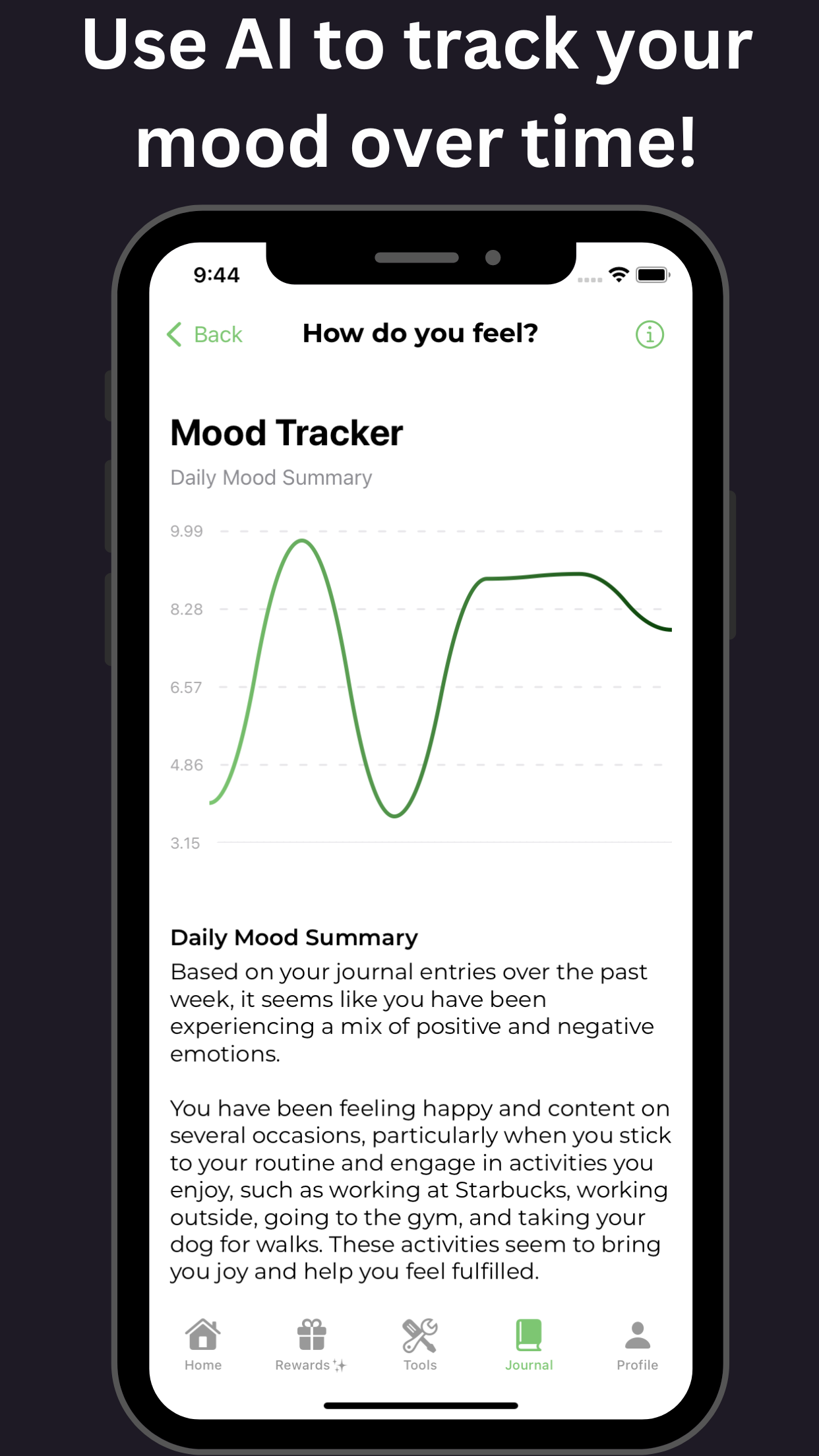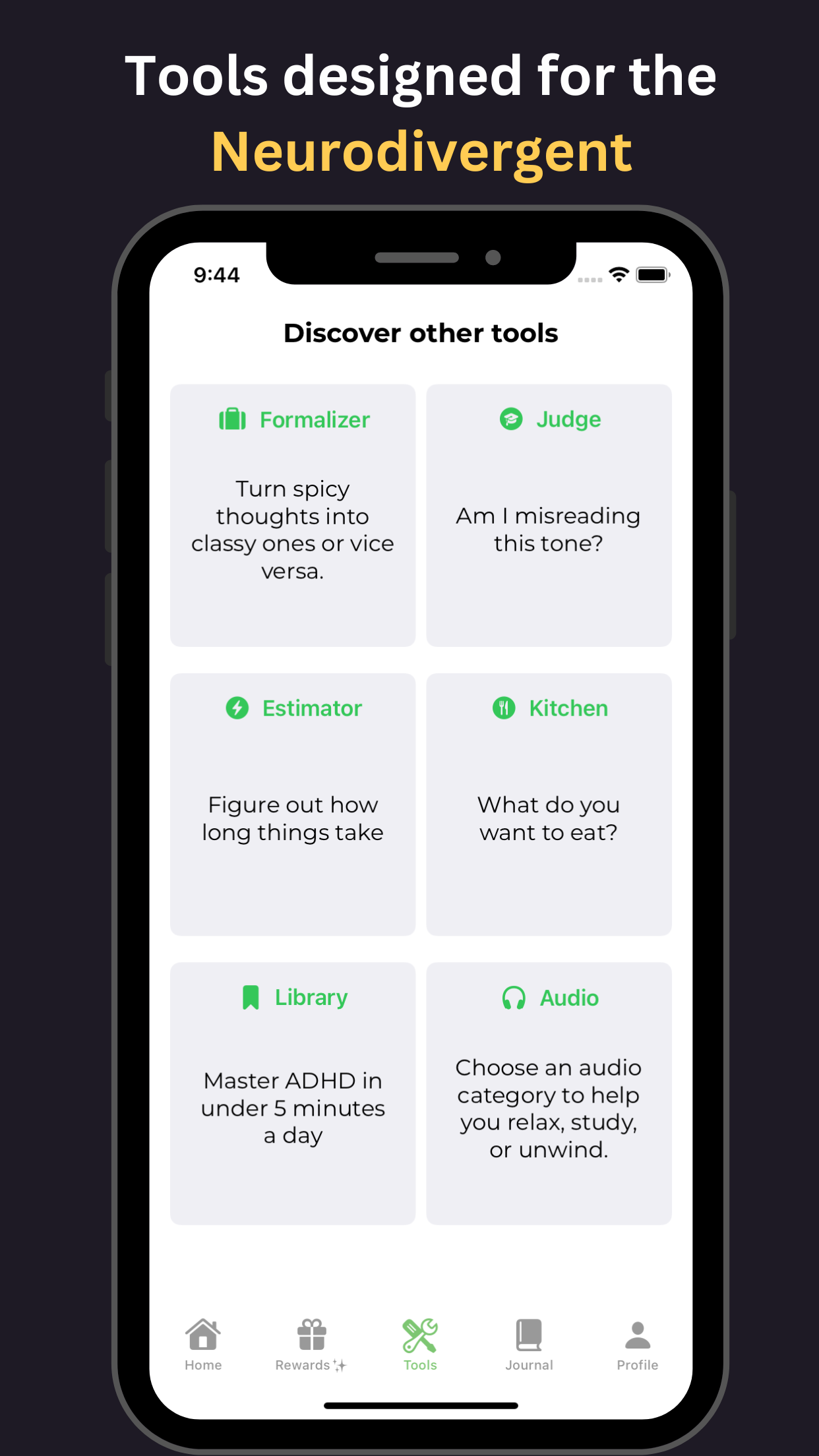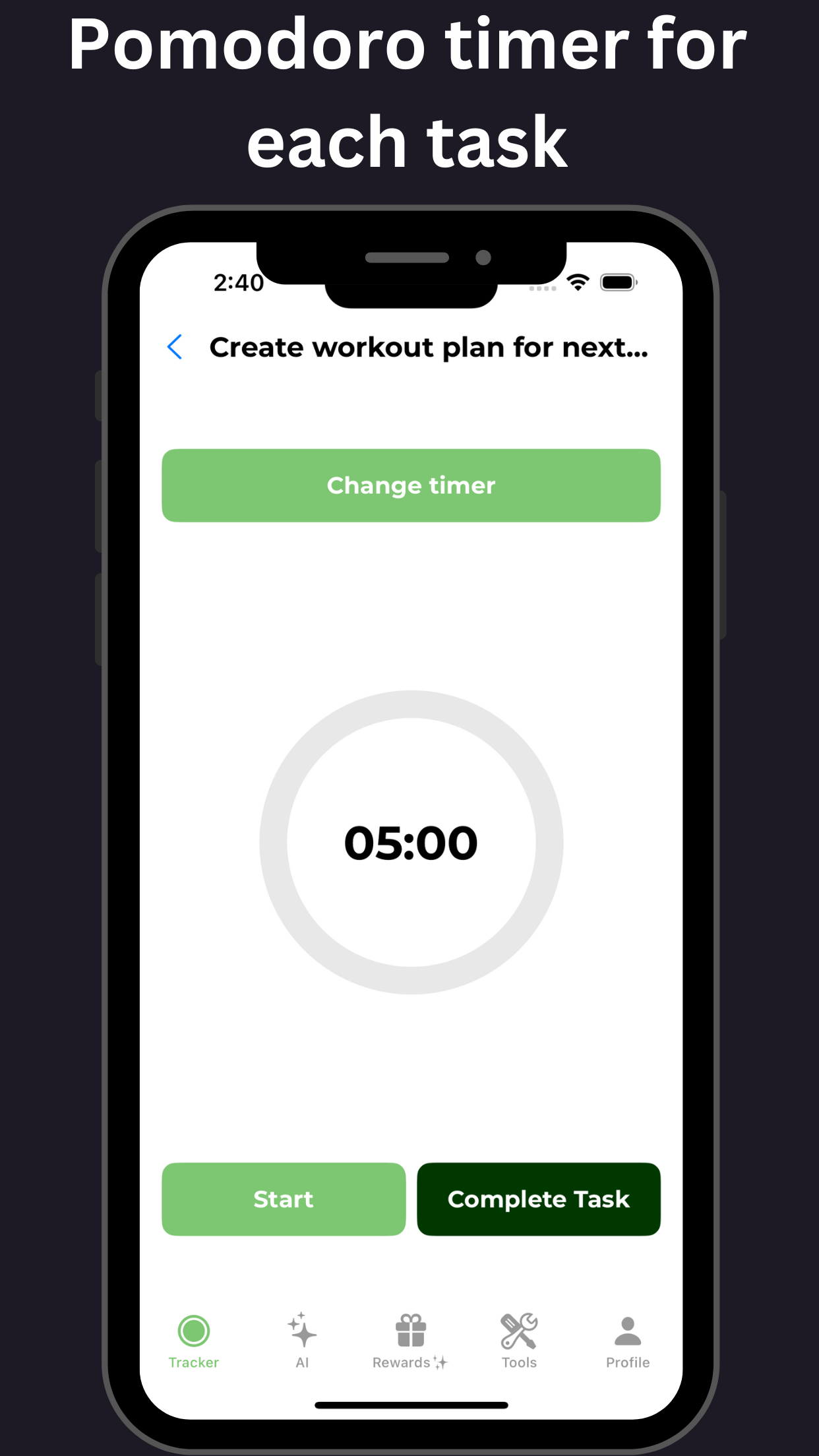Understanding the Wide Range of ADHD Symptoms: A Comprehensive Guide
Key Takeaways
| Key Takeaways |
|---|
| ADHD symptoms can vary widely among individuals. |
| Inattentiveness, hyperactivity, and impulsivity are the core symptoms of ADHD. |
| Inattentiveness symptoms include difficulty focusing, being easily distracted, and forgetting things. |
| Hyperactivity symptoms include excessive talking, fidgeting, and difficulty staying still. |
| Impulsivity symptoms include interrupting others, difficulty waiting for turn, and acting without considering consequences. |
| ADHD symptoms can affect various aspects of life, including school, work, and relationships. |
| Other common symptoms include poor time management, forgetfulness, and being easily frustrated. |
| Diagnosis of ADHD requires a comprehensive evaluation by a healthcare professional. |
| Treatment options for ADHD may include medication, therapy, and lifestyle modifications. |
| Understanding and managing ADHD symptoms can lead to improved quality of life. |

Introduction to ADHD
ADHD, which stands for Attention Deficit Hyperactivity Disorder, is a neurodevelopmental disorder that affects both children and adults. It is characterized by difficulties with attention, hyperactivity, and impulsivity. The wide range of symptoms associated with ADHD can vary from person to person, making it important to understand and recognize the different manifestations. This blog article aims to provide an introduction to ADHD and shed light on the diverse symptoms individuals may experience.
Common Symptoms of ADHD
ADHD, or Attention Deficit Hyperactivity Disorder, is a neurodevelopmental disorder commonly diagnosed in childhood. It is characterized by a combination of symptoms that affect attention, impulse control, and hyperactivity. Common symptoms of ADHD include difficulties in sustaining attention, being easily distracted, forgetfulness, difficulty in organizing tasks, frequent fidgeting or squirming, constantly talking, and interrupting others. Other symptoms may include trouble following instructions, impulsive behavior, restlessness, and difficulty waiting for a turn. It is important to understand that ADHD symptoms can vary widely among individuals, and a comprehensive understanding of these symptoms is crucial in recognizing and managing the disorder.
Inattentiveness: Understanding the Lack of Focus in ADHD
Inattentiveness is a common symptom of ADHD that involves difficulty in maintaining focus or being easily distracted. It is characterized by a lack of attention to details, forgetfulness, and frequently switching tasks or losing track of time. Understanding inattentiveness in ADHD is crucial in comprehending the wide range of symptoms associated with the disorder, as it impacts daily functioning, productivity, and overall quality of life. By recognizing and addressing inattentiveness, individuals with ADHD can seek appropriate strategies, treatments, and support to help manage their symptoms effectively.
Hyperactivity: Exploring the Restless Energy in ADHD
“Hyperactivity: Exploring the Restless Energy in ADHD” highlights the key aspect of hyperactivity in individuals with Attention Deficit Hyperactivity Disorder (ADHD). Hyperactivity refers to excessive and constant physical movements, restlessness, and difficulty in staying still or maintaining focus. This blog article aims to enhance the understanding of the wide range of ADHD symptoms and how hyperactivity influences the daily lives of those affected.
Impulsivity: A Closer Look at Impulsive Behavior in ADHD
Impulsivity is a common symptom associated with Attention-Deficit/Hyperactivity Disorder (ADHD). It refers to a tendency to act without thinking or considering the consequences of actions. People with ADHD often display impulsive behavior in various aspects of their lives, including decision-making, social interactions, and emotional regulation. This impulsivity can manifest as interrupting others, impatience, difficulty waiting for turns, and acting on immediate desires or urges.
Impulsive behavior in ADHD arises due to differences in brain functioning and neurochemical imbalances. The prefrontal cortex, responsible for executive functions such as self-control and planning, is believed to be underdeveloped in individuals with ADHD. This deficit can make it challenging for them to regulate their impulses effectively.
Impulsivity can have significant impacts on various aspects of life, including academic performance, relationships, and overall well-being. It can lead to impulsive spending, risky behaviors, poor decision-making, and difficulties in maintaining relationships. Impulsivity can also contribute to feelings of guilt, shame, and frustration, as individuals with ADHD often struggle to understand and control their impulsive actions.
Treatment for impulsivity in ADHD typically involves a multimodal approach, including medication, therapy, and behavioral interventions. Stimulant medications like methylphenidate and amphetamines can help improve impulse control by enhancing neurotransmitter activity in the brain. Cognitive-behavioral therapy (CBT) and behavioral interventions focus on teaching individuals with ADHD techniques to manage impulsive urges and develop effective coping strategies.
Understanding impulsive behavior in ADHD is essential for individuals with the disorder, as well as their families, friends, and educators. By recognizing and addressing impulsivity, individuals with ADHD can learn to mitigate the negative consequences and improve their overall quality of life.
Executive Dysfunction: Understanding the Challenges with Planning and Organization in ADHD
Executive dysfunction is a common challenge faced by individuals with ADHD, specifically in the areas of planning and organization. This difficulty stems from deficits in the brain’s executive functions, which are responsible for organizing, prioritizing, and initiating tasks. A person with executive dysfunction may struggle with creating schedules, setting goals, and following through on plans. This can lead to disorganization, forgetfulness, and difficulties in academic or professional settings. Understanding executive dysfunction is essential in comprehending the wide range of symptoms experienced by individuals with ADHD.
Emotional Dysregulation: Exploring the Rollercoaster of Emotions in ADHD
Emotional dysregulation refers to the difficulty in managing and controlling emotions effectively. This is a common symptom in individuals with Attention Deficit Hyperactivity Disorder (ADHD). People with ADHD often experience intense and unpredictable shifts in their emotions, which can create a rollercoaster-like experience. These emotional fluctuations can range from anger, frustration, and impulsivity to sadness, anxiety, and even euphoria. Understanding emotional dysregulation in ADHD is crucial for recognizing and addressing the wide range of symptoms associated with the condition. By addressing these emotional challenges, individuals with ADHD can better manage their emotions and improve their overall well-being.
Hyperfocus: Unveiling the Intense Concentration Powers in ADHD
Hyperfocus is a state of intense concentration that individuals with ADHD can experience. It is characterized by the ability to become completely absorbed in a specific activity or task, often leading to extended periods of focus and productivity. While ADHD is commonly associated with difficulties in sustaining attention, hyperfocus demonstrates the capacity for individuals with ADHD to exhibit heightened concentration abilities in certain contexts. Understanding hyperfocus can provide valuable insight into the diverse range of symptoms experienced by individuals with ADHD.
Rejection Sensitivity: Understanding the Impacts of Perceived Criticism in ADHD
Rejection sensitivity refers to the heightened sensitivity or fear of perceived criticism, rejection, or negative evaluation. It is commonly observed among individuals with ADHD (Attention Deficit Hyperactivity Disorder) and can significantly impact their overall well-being. People with ADHD who have high rejection sensitivity often tend to overreact emotionally, anticipate rejection or criticism in various situations, and may feel constantly on guard or defensive. This sensitivity can lead to difficulties in interpersonal relationships, increased stress levels, decreased self-esteem, and even avoidance of social situations. Understanding and addressing rejection sensitivity is crucial in managing the wide range of symptoms associated with ADHD and improving the quality of life for individuals with this condition.
ADHD Subtypes: Inattentive, Hyperactive, and Combined
ADHD, or Attention-Deficit/Hyperactivity Disorder, is a neurodevelopmental disorder that affects both children and adults. There are three main subtypes of ADHD: inattentive, hyperactive, and combined.
The inattentive subtype is characterized by difficulties in paying attention and staying focused. People with this subtype often struggle with organizing tasks, are easily distracted, and may appear careless or forgetful.
The hyperactive subtype is characterized by excessive physical restlessness and impulsivity. Individuals with this subtype may have trouble sitting still, may talk excessively, and often engage in impulsive behaviors without thinking about the consequences.
The combined subtype is the most common form of ADHD. It is characterized by a combination of both inattentive and hyperactive symptoms.
It’s important to note that symptoms of ADHD can vary greatly from person to person, and not everyone will fit neatly into one of these subtypes. Additionally, ADHD symptoms can change and evolve over time.
Understanding the different subtypes of ADHD can help individuals and their loved ones to better recognize and manage the challenges associated with the disorder. A comprehensive understanding of the various symptoms will provide better support and resources for those with ADHD.
Comorbid Conditions: Exploring the Co-Occurrence of ADHD and Other Disorders
Comorbid conditions refer to the simultaneous presence of multiple disorders in an individual. When it comes to ADHD (Attention-Deficit/Hyperactivity Disorder), it frequently occurs alongside other disorders. This article explores the co-occurrence of ADHD with various conditions, shedding light on the wide range of symptoms experienced by individuals with ADHD. Understanding these comorbid conditions is crucial for accurately diagnosing and treating ADHD, as well as providing appropriate support to those affected.
https://www.additudemag.com/adhd-symptoms-in-children-teens-adults/
https://www.healthline.com/health/adhd/understanding-adhd-symptoms
https://www.mayoclinic.org/diseases-conditions/adhd/symptoms-causes/syc-20350889
https://www.webmd.com/add-adhd/adhd-symptoms
https://www.psychiatry.org/patients-families/adhd/what-is-adhd
